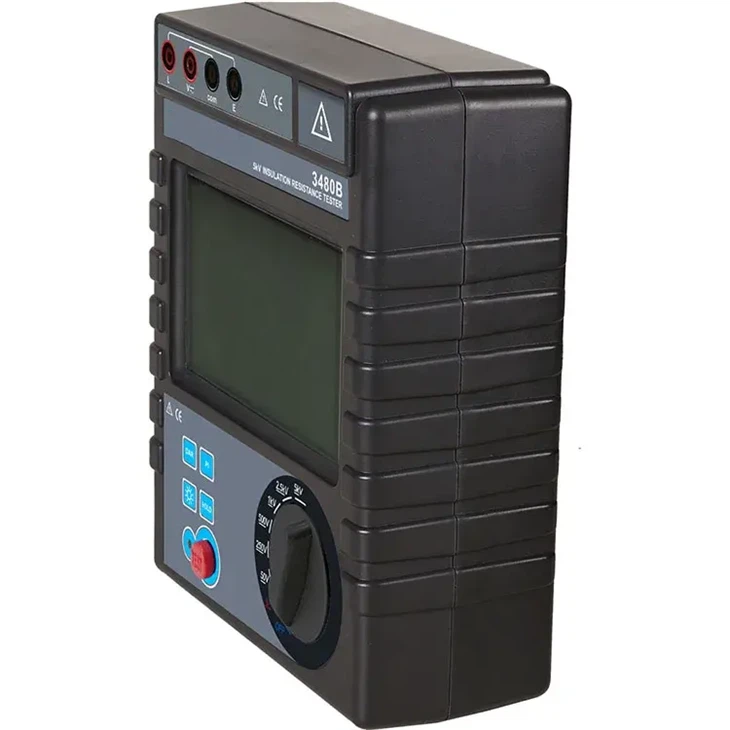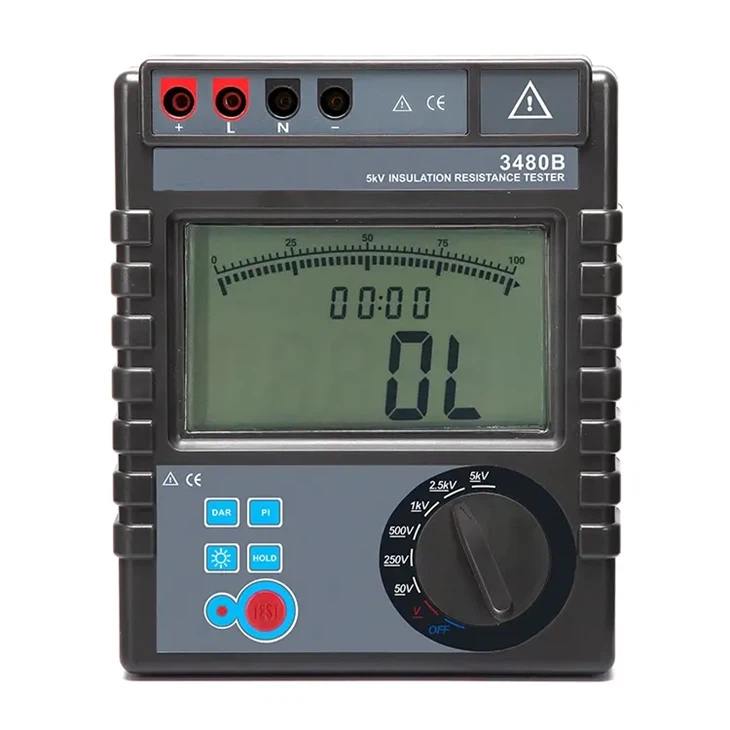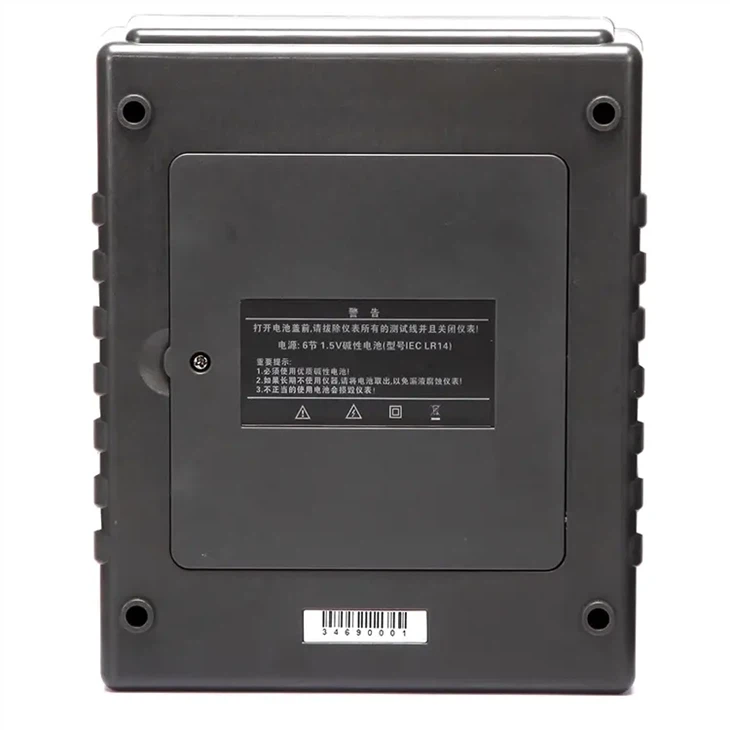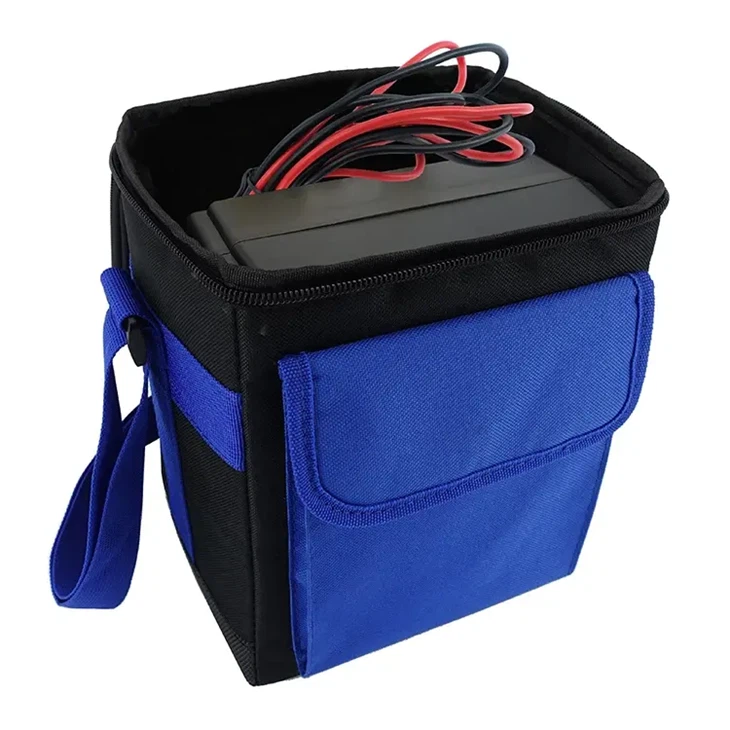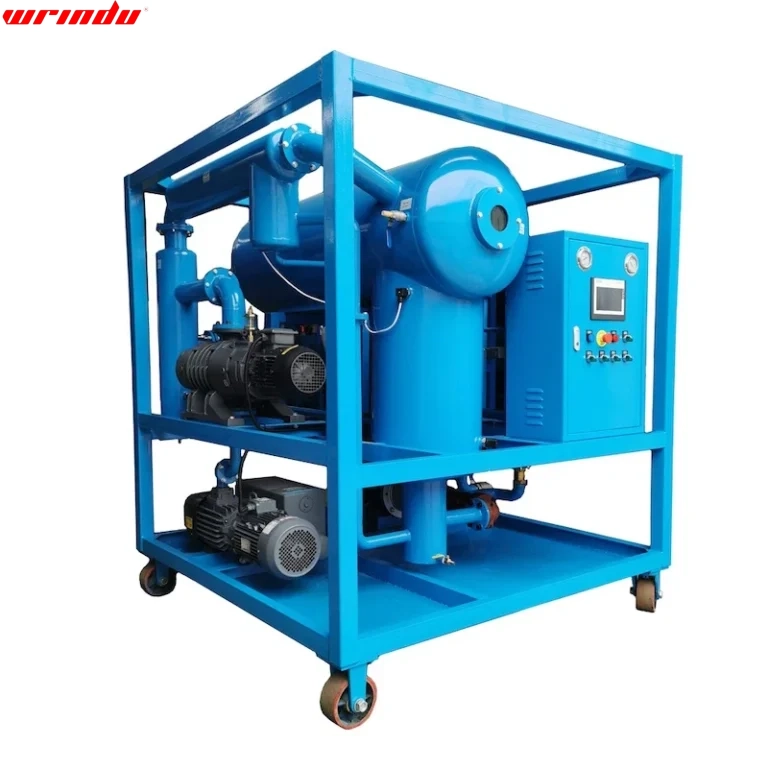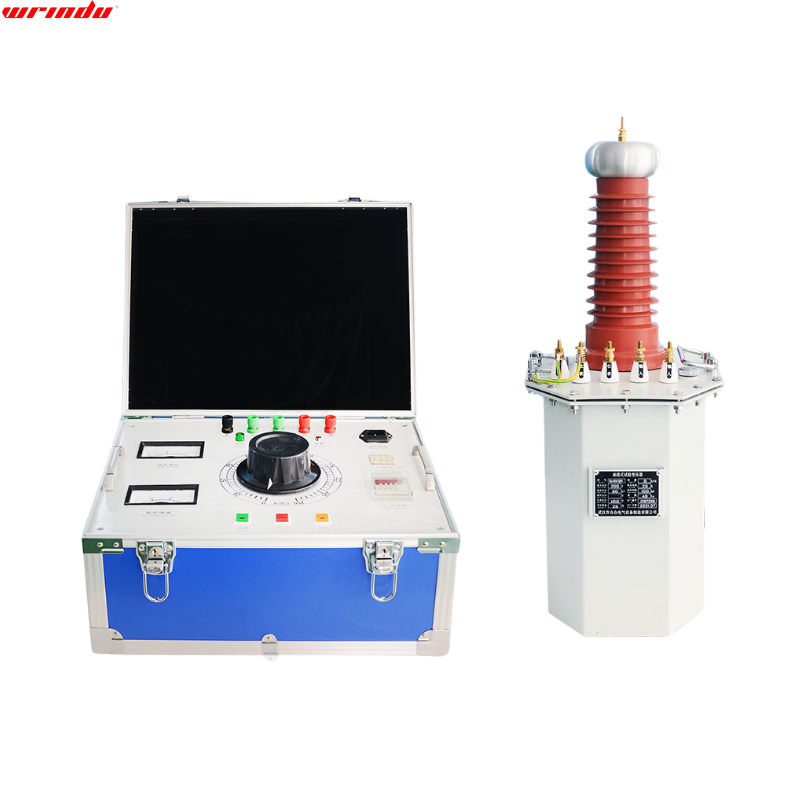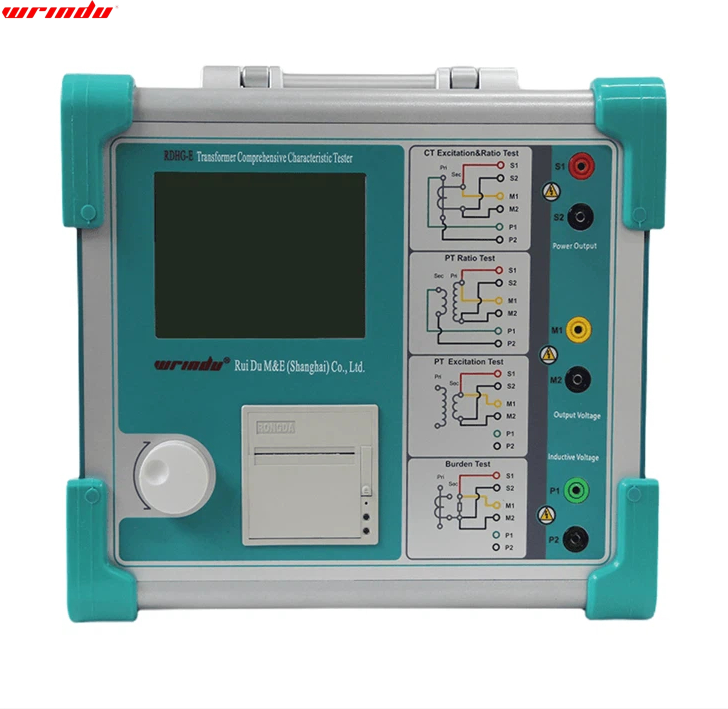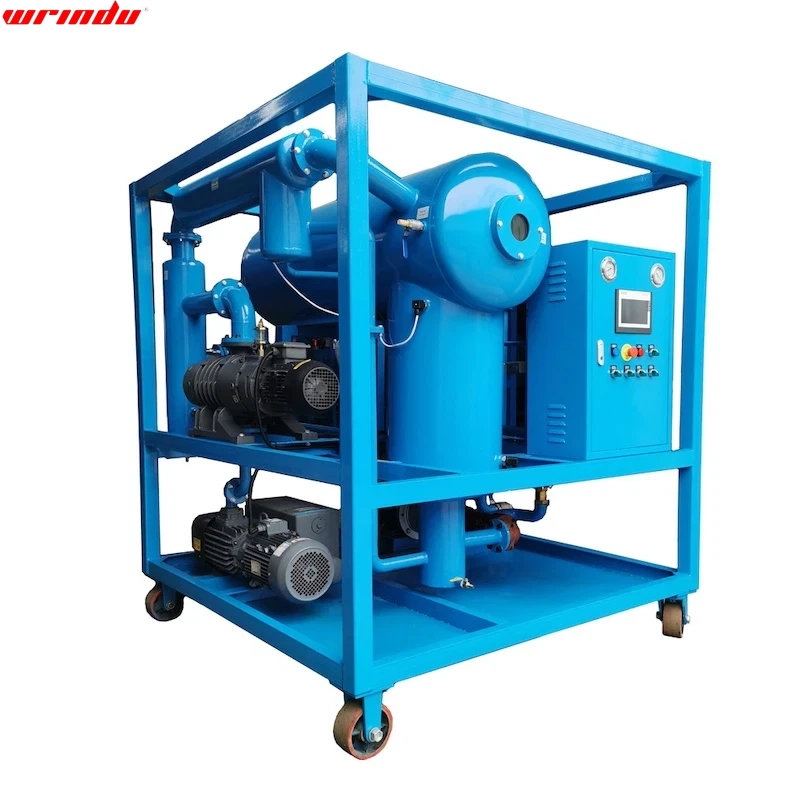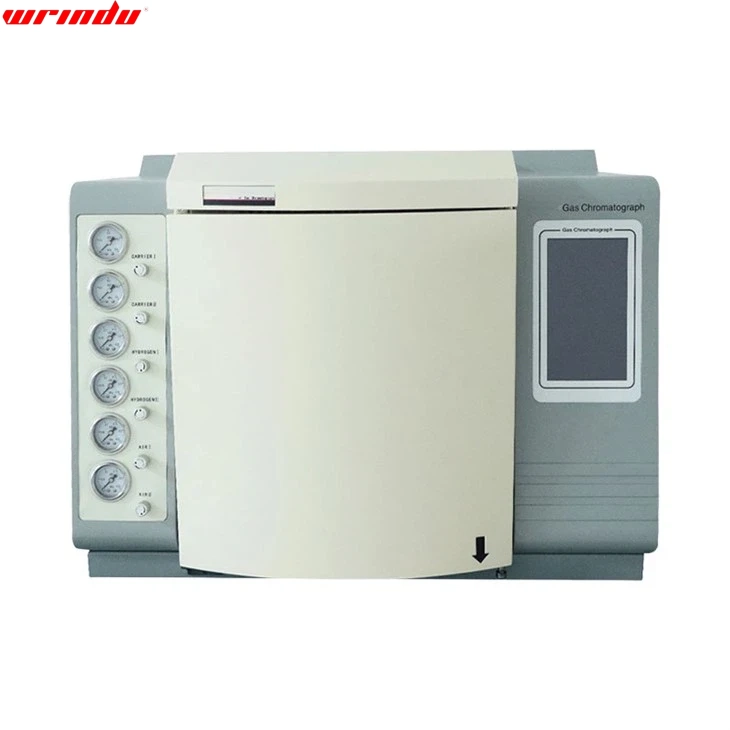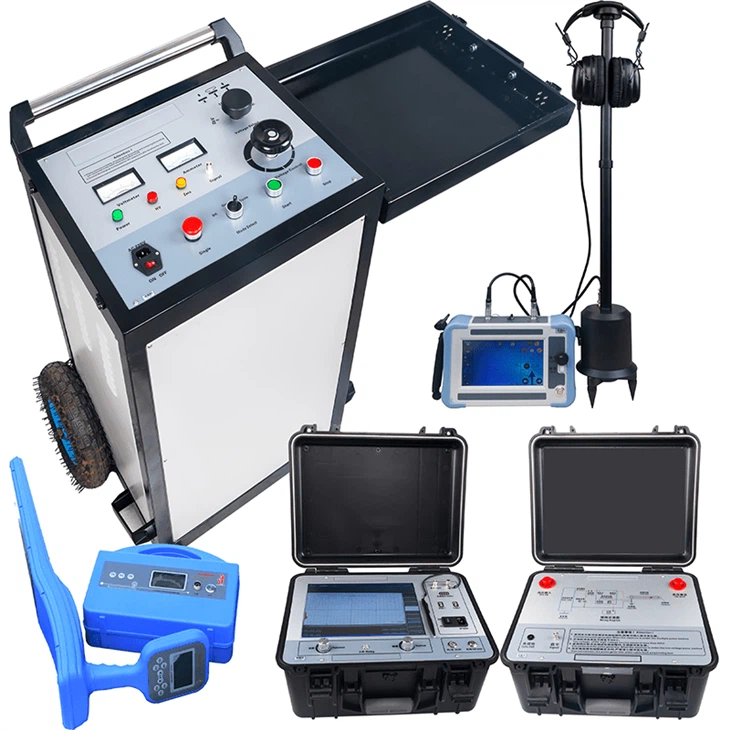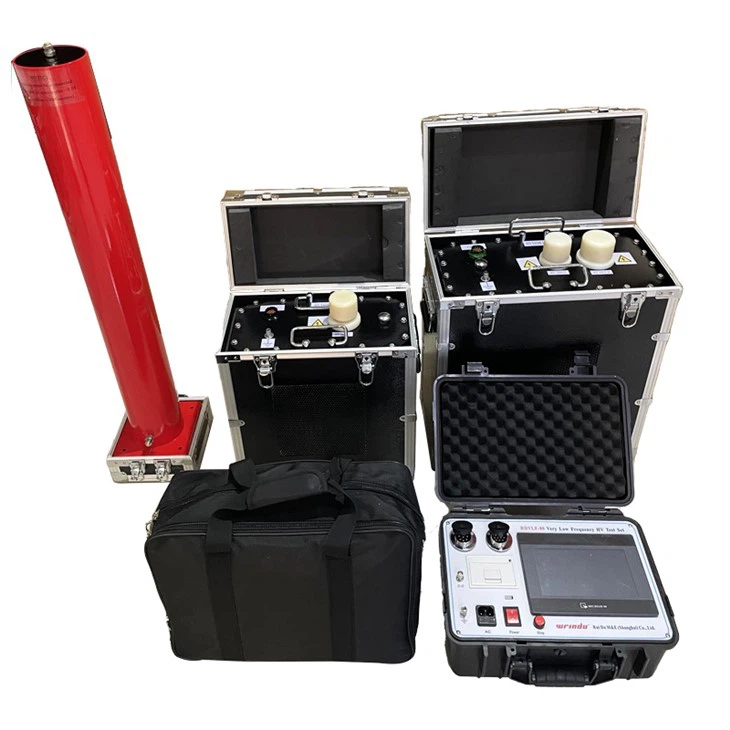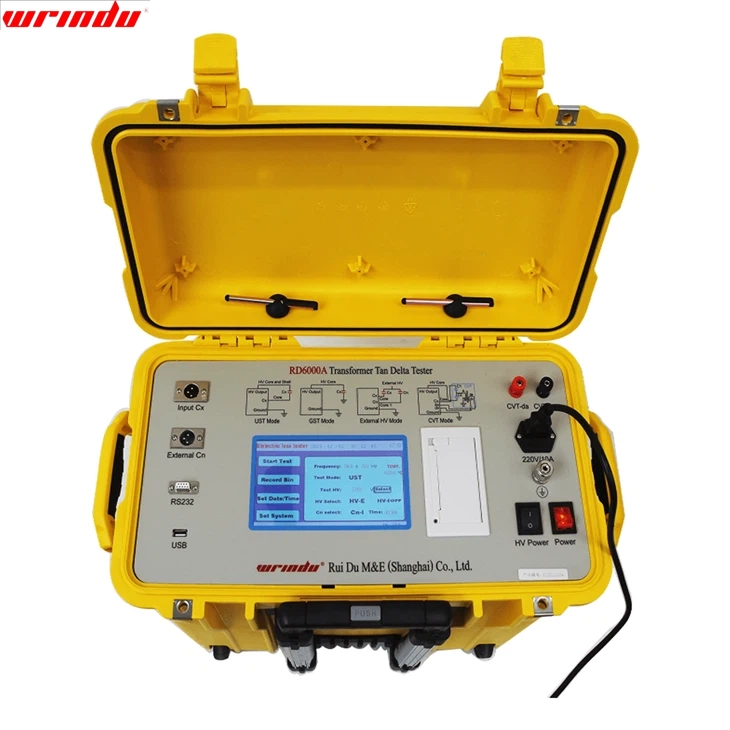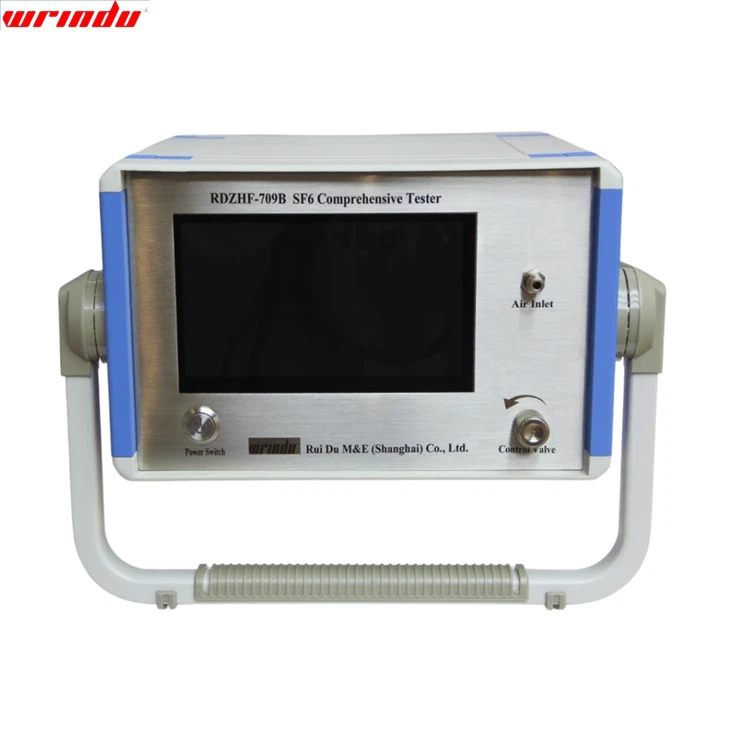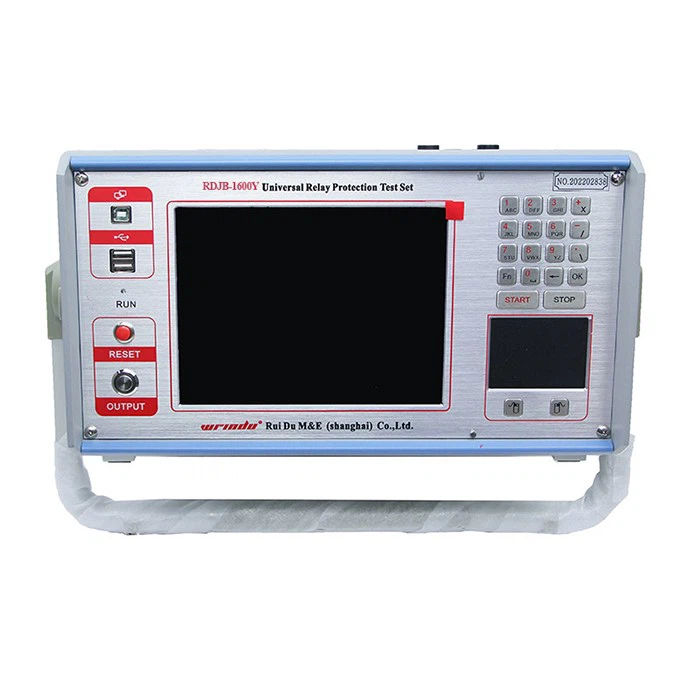OVERVIEW
Our durable best insulation resistance tester is a high-performance digital instrument dedicated to insulation resistance testing. It is equipped with a large-screen LCD and supports backlight function. It has easy-to-operate features such as data retention and automatic shutdown. The meter can simultaneously display the insulation resistance value, test time, and output voltage, has absorption ratio (DAR) and polarisation index (PI) test functions, and can also measure AC voltage. The maximum output voltage of RDIR3480B can reach 5000V, the highest test resistance is 400GΩ, and the maximum short-circuit current is 2mA. It can measure the resistance value of various insulation materials and the insulation resistance detection of transformers, motors, cables and electrical equipment. It is a professional testing instrument with complete functions and excellent performance.
CHARACTERISTIC
- 1. The overall appearance is exquisite, with a wide range, high accuracy, and high resolution.
- 2. The operation process is simple and clear, it is effortless to carry out, the measurement results are accurate and reliable, the performance is stable, and it has strong anti-interference ability.
- 3. The durable best insulation resistance tester adopts a shock-proof, dust-proof, and waterproof design.
- 4. It has a backlight, automatic discharge, automatic shutdown, and data retention functions.
For more information about insulation resistance testers, please click More.
To request the latest quotes, please click Contact Us.
FAQ
Q: Why is a multimeter not used for measuring insulation resistance?
A: A multimeter is unsuitable for measuring insulation resistance because it operates at lower test voltages, whereas insulation resistance testing requires higher voltages in the range of hundreds or thousands of volts. Specialized instruments like Insulation Resistance Testers are designed to provide accurate and safe assessments of insulation quality in electrical systems. Using a multimeter for insulation resistance testing can yield inaccurate results and compromise safety.
Q: What voltage do you test insulation resistance?
A: The voltage used for insulation resistance testing, whether at 250V, 500V, 1000V, or higher, depends on equipment specifications and industry standards. Lower voltages like 250V are suitable for sensitive systems, while 500V is common for medium-voltage equipment. Higher voltages, such as 1000V or more, are employed for testing high-voltage systems. Always refer to manufacturer guidelines and industry standards to determine the appropriate test voltage for accurate and safe insulation resistance testing.
Q: What is a bad insulation resistance reading?
A: Insulation resistance readings below 1.25 suggest potential issues, 1.25 to 1.60 is considered good, and values above 1.60 are excellent. The Polarization Index (PI) is the ratio of the insulation resistance at 10 minutes to 1 minute, indicating insulation resilience, with higher values reflecting better quality.
Q: Why should insulation resistance be high?
A: For installations or circuits with a 230V or 400V test voltage, the minimum insulation resistance should be 1 megohm (1,000,000 ohms). If the combined resistance for all circuits is 2 megohms or less, further investigation is necessary to identify and address individual circuits causing the low readings.




